Rotating Roller Feed Pellet Mill
The rotary roller pellet mill uses a fixed die with rotating rollers. It consists of a die, two or three rollers, a motor, gearbox, feed inlet, and discharge system.
The raw material drops vertically into the pelletizing chamber, where the rollers rotate over the fixed die, evenly pressing the material into the die holes. Under high pressure, dense pellets are formed, cut by a blade, and discharged from the bottom outlet.
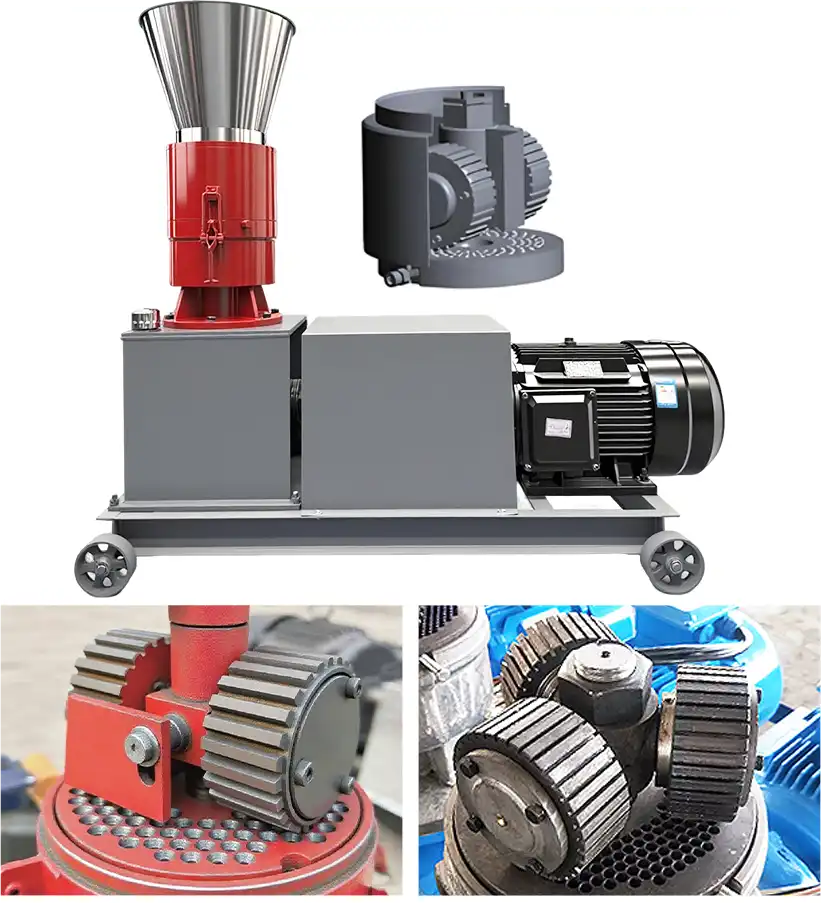
Key Advantages
- Easy to operate and maintain
- Ideal for tough, high-fiber or moist materials
- Strong pressure for dense, durable pellets
- Vertical feed reduces clogging, good for light materials
- Quick die change for different pellet sizes
- Wear-resistant alloy die and rollers (800+ hours)
- Stable for continuous, high-volume production
This machine is ideal for making animal feed, especially with rough or wet materials like straw, grass, and moist mixes. It presses smoothly without clogging.
The machine handles coarse materials well. Ingredients like wheat bran and crushed corn can be pelleted without fine grinding, which reduces prep work and saves time and energy. It's especially useful for making poultry and ruminant feed with a high roughage content.
Video
Product Parameters
|
Model |
Power (KW) |
Capacity (kg/h) |
Die Hole (mm) |
|
KR-190 |
5.5/7.5 |
200-300 |
2.5-8 |
|
KR-210 |
11 |
250-400 |
2.5-8 |
|
KR-260 |
18.5 |
500-700 |
2.5-8 |
|
KR-300 |
30 |
700-900 |
2.5-8 |
|
KR-400 |
45 |
1000-1200 |
2.5-8 |
FAQ?
What materials is this machine suitable for?
It is suitable for high-fiber and tough materials such as hardwood, alfalfa powder, straw, rice husks, cottonseed meal, fermented feed, and animal manure. It also works well with standard ingredients like corn and soybean meal, but performs best with materials that are hard to pellet.
Can pellet size be adjusted?
Yes. You can adjust the pellet diameter by changing the ring die size from 2.5 mm to 8 mm. The cutter can also be adjusted to change the pellet length for different animal feed needs.
How to choose between two or three roller models?
Two-roller models are stable and easy to maintain, ideal for regular powder or granular feed. Three-roller models offer greater pressing force and more balanced pressure, which is better for fibrous or high-moisture materials.
Which type is better, roller-driven or die-driven?
Standard die-driven models are simpler and more cost-effective, suitable for general feed production. Roller-driven models have a stronger gear system and higher pressing power, making them better for complex materials. Choose the standard type for basic use, or the roller-driven type for better pellet quality and tougher materials.
How long can the machine run continuously?
This machine is built for continuous operation under medium to heavy load. To keep performance stable and extend the life of the die, it is recommended to check lubrication and die temperature every 4 to 6 hours.
 Online Contact
Online Contact Send Message
Send Message
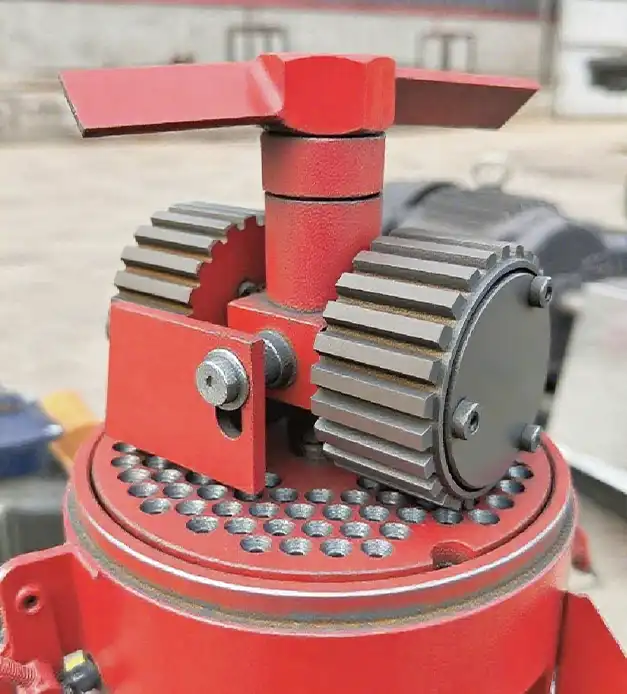
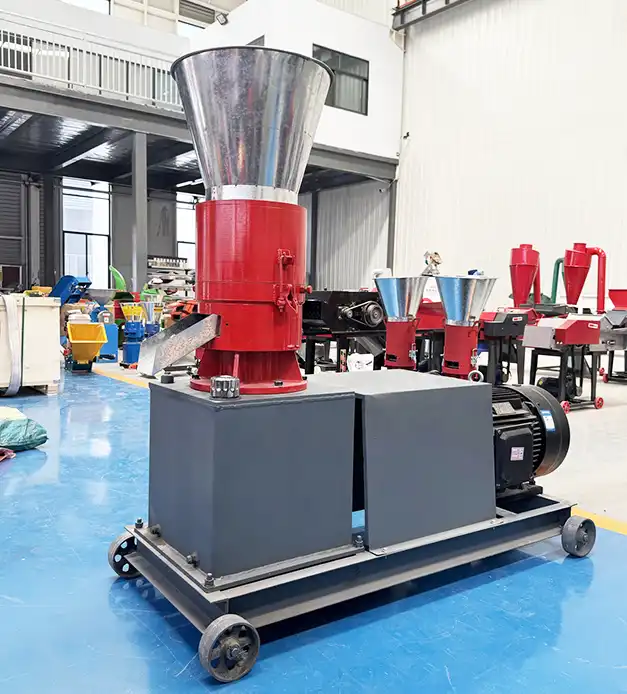
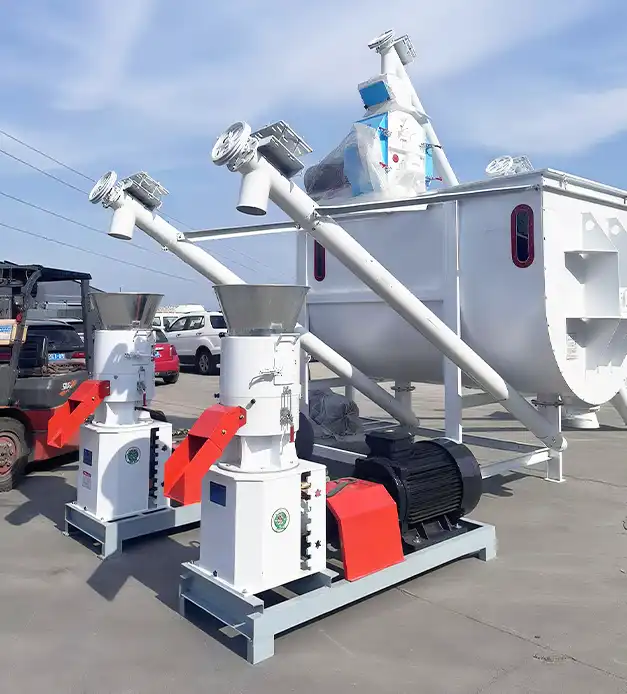

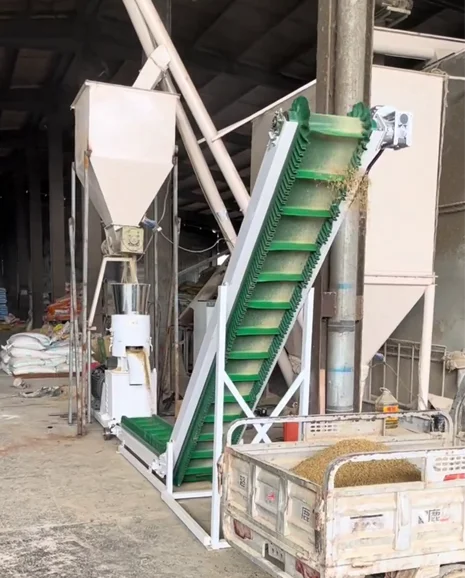

Need Some Help?
Contact us quickly and we will reply you within 24 hours. We will not disclose your information.